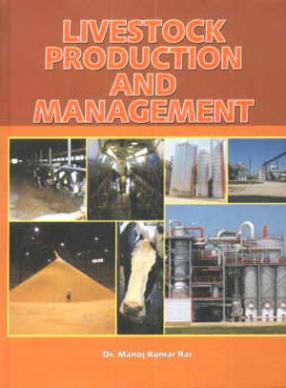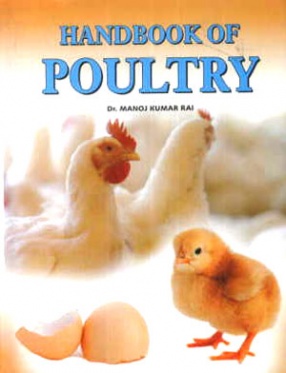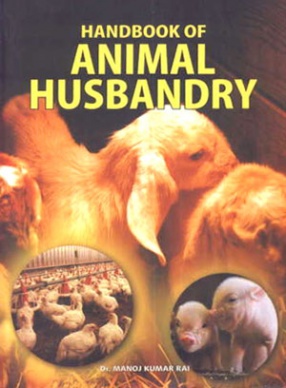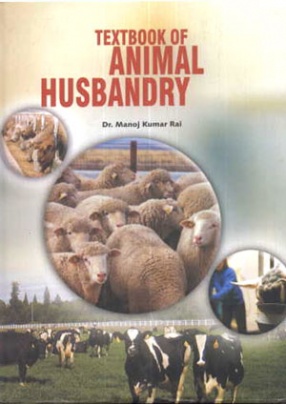Agriculture has changed dramatically, especially since the end of world war II. Food and fibre productivity soared due to new technologies, mechanization, increased chemical use, specialization and government policies that favoured maximizing production. These changes allowed fewer farmers with reduced labour demands to produce the majority of the food and fibre. Although these changes have had many positive effects and reduced many risks in farming, there have also been significant costs. Prominent among these are topsoil depletion, groundwater contamination, the decline of family farms, continued neglect of the living and working conditions for farm labourers, increasing costs of production, and the disintegration of economic and social conditions in rural communities. A growing movement has emerged during the past two decades to question the role of the agricultural establishment in promoting practices that contribute to these social problems. Today this movement for sustainable agriculture is garnering increasing support and acceptance within mainstream agriculture.
This book will serve useful purpose by providing a basis for economic evaluation of farming scheme for development of agricultural production by suggesting more effective ways and means of making rapid economic progress of rural India.








There are no reviews yet.